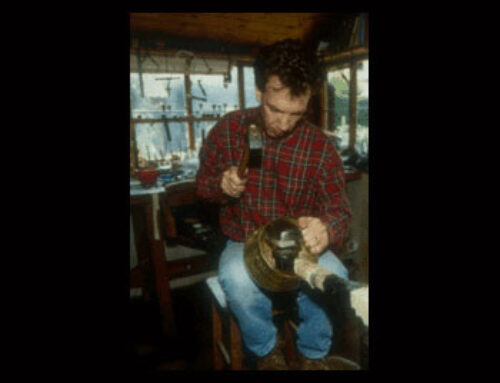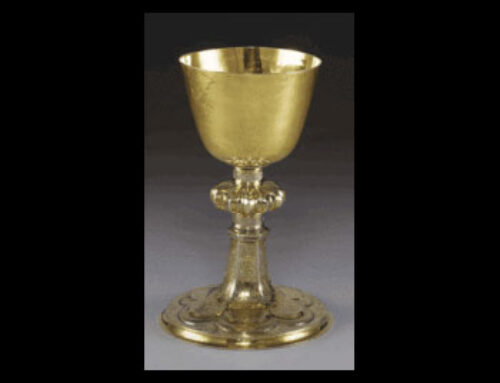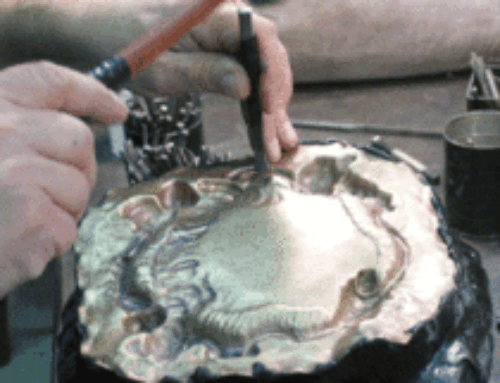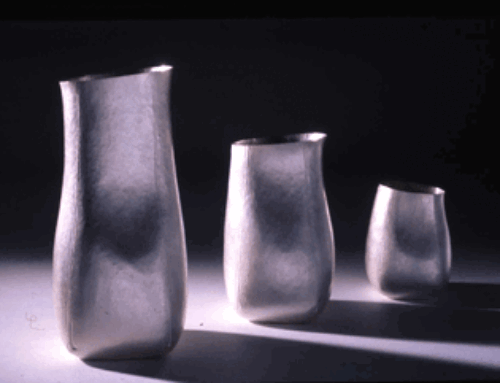What you eat influences the utensils you need, and availability of ingredients influences cooking. Food is as subject to fashion and finance as any of the creative arts. It is also subject to etiquette, and how food is served and eaten changes between generations, seasons and regions.
To understand how a table was laid, we must look at paintings and photographs. To know what utensils were called, we must look at inventories and invoices. To know about food we read ’receipts’, or recipes, and housekeeping manuals.
Until the eighteenth century, when stiff competition arrived in the form of porcelain, at either formal banquet or intimate supper, silver or pewter were the favoured materials for the gentry, wood and pottery for the less wealthy.
Think about a few items that we regard as commonplace today: teapots, coffee pots, sauceboats, salt cellars. When did we first start to use them and why? What is a posset pot, an epergne, or a mazarine? Why were turtle-shaped soup tureens made? What were the component parts of a large dinner service and how was it used?
See below to find out more!
View list of relevant Silver Studies articles




